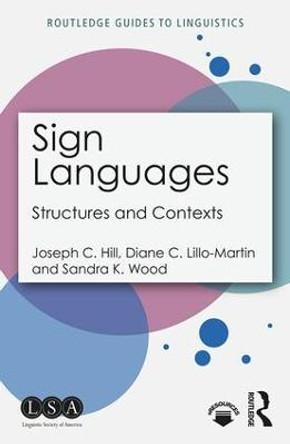The realisation that signed languages are true languages is one of the great discoveries of linguistic research. The work of many sign language researchers has revealed deep similarities between signed and spoken languages in their structure, acquisition and processing, as well as differences, arising from the differing articulatory and perceptual constraints under which signed languages are used and learned. This book provides a cross-linguistic examination of the properties of many signed languages, including detailed case studies of Hong Kong, British, Mexican and German sign languages. The contributions to this volume, by some of the most prominent researchers in the field, focus on a single question: to what extent is linguistic structure influenced by the modality of language? Their answers offer particular insights into the factors that shape the nature of language and contribute to our understanding of why languages are organised as they are.
Signed languages are the visual-gestural languages of deaf communities. This book investigates their linguistic properties.About the AuthorRichard P. Meier is Professor of Linguistics and Psychology at the University of Texas, Austin. Kearsy Cormier is a doctoral candidate in linguistics at the University of Texas, Austin. David Quinto-Pozos is a doctoral candidate in linguistics at the University of Texas, Austin.
Reviews'For those researchers willing to ask the modality question, this volume will be an excellent resource.' First Language
Book InformationISBN 9780521112581
Author Richard P. MeierFormat Paperback
Page Count 500
Imprint Cambridge University PressPublisher Cambridge University Press
Weight(grams) 730g
Dimensions(mm) 229mm * 152mm * 28mm









